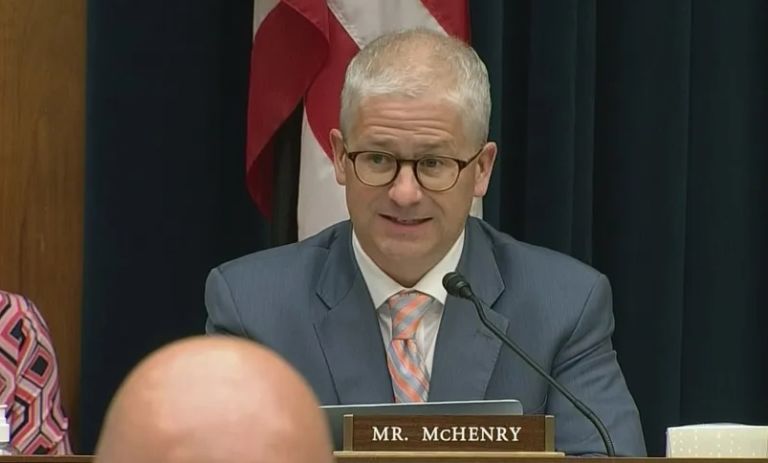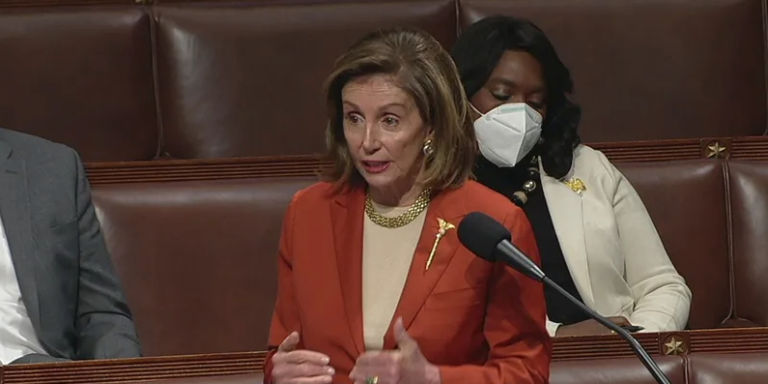James Capretta of the American Enterprise Institute ponders the potential return of earmarks to Congress.
The move is seen in some quarters as a dangerous gamble for an institution already viewed dimly by much of the public. Others see the potential for a revival of congressional self-respect and productivity. A mix of some good and bad effects seems most likely, and might be worth a guarded test run. …
… Since the ban took effect in 2011, congressional leaders have missed the practice. Earmarks only make it into appropriations bills when they are blessed by those who control the legislative process—that is, the chairs and ranking members of the relevant committees, along with the party leaders in each chamber. Thus, earmarking can be a powerful tool for corralling votes, by approving earmarks only for members who vote as their leaders wish them to on controversial, measures. Legislative gridlock, so evident in the last decade, is sometimes attributed to the diminished control leaders have over rank-and-file members.
All of this can be conceded while still being wary of what might happen with earmarking’s return. Whatever the potential benefits, the most recent memory of the practice—from the mid-1990s to the mid-2000s—is not favorable, to put it mildly.
Much of the blame for what transpired falls on the Republicans holding leadership positions during that period. After nearly losing control of the House in both 1996 and 1998, the GOP seized on earmarking as its salvation. Vulnerable members were given wide latitude to stuff all manner of local funding projects into appropriation measures. The results were grotesque. In 1994, before Republicans took over Congress, the appropriations bill for the Department of Transportation had 140 earmarks. After a decade of GOP control, the 2005 bill had 2,094. Similarly, in 1994, the bill covering veterans’ affairs and housing had 30 earmarks; in the 2005 bill, there were 2,080.


